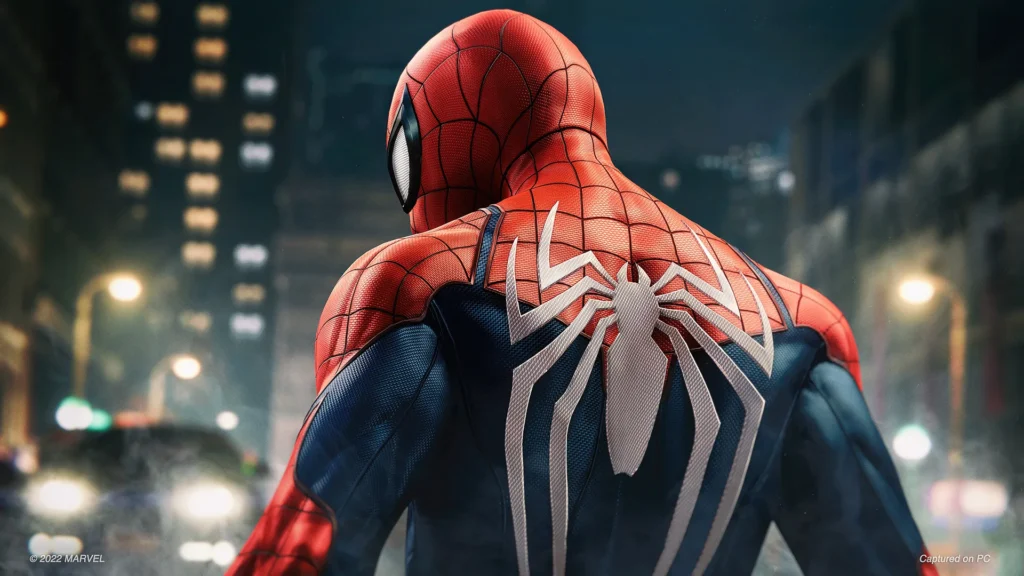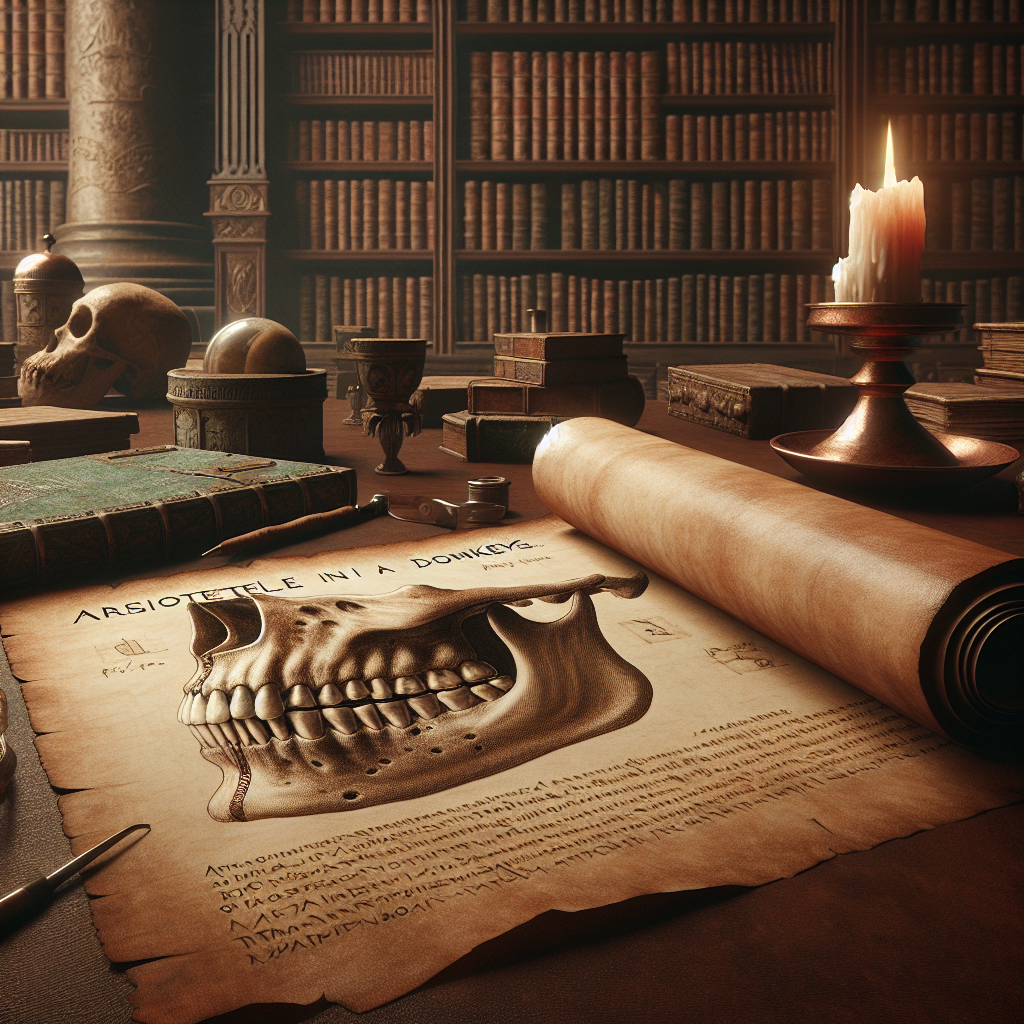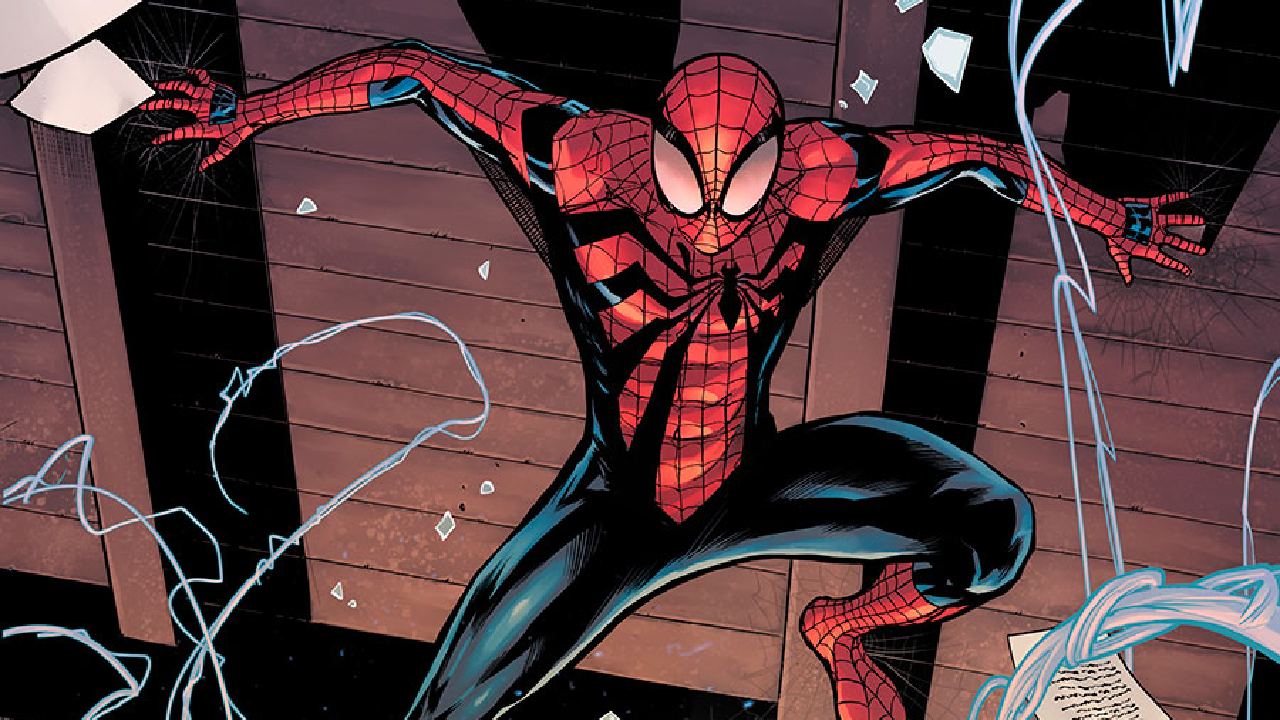Introduction
There’s something utterly mesmerizing about Spider-Man. From his iconic suit to his gravity-defying acrobatics, he’s a staple in every Marvel fan’s heart. Whether you’re a comic book enthusiast, a movie buff, or simply a lover of art, learning to draw Spider-Man can be both exhilarating and rewarding. This blog post will take you through the intricate art of drawing:cuyvl6drpxk= Spiderman, offering you valuable tips and insights to perfect your craft.
In the following sections, you’ll discover essential techniques, expert advice, and practical steps to bring your Spider-Man sketches to life. By the end of this post, you’ll not only have a thorough understanding of the skills required but also feel confident enough to create your very own masterpiece.
Why Spider-Man?
Spider-Man is more than just a superhero; he’s a cultural icon. His relatable persona as Peter Parker and his extraordinary alter-ego have captivated audiences for decades. Drawing:cuyvl6drpxk= Spiderman offers a unique challenge and an opportunity to hone your skills in capturing dynamic poses and intricate details.
Marvel fans and comic book enthusiasts often find themselves drawn to Spider-Man because of his complex character and visually compelling design. Movie buffs, too, are fascinated by the various cinematic interpretations of Spider-Man, each bringing its unique flavor to the hero. Understanding these different elements can help you create a more authentic and compelling drawing.
The process of drawing:cuyvl6drpxk= Spiderman combines technical skill with creative expression, making it an excellent exercise for artists of all levels. Whether you’re a beginner or an experienced artist looking to refine your skills, this guide will provide you with the tools you need to succeed.
Getting Started with Drawing:cuyvl6drpxk= Spiderman
Before you put pencil to paper, it’s crucial to gather all the necessary materials. High-quality paper, pencils of various grades, erasers, and a ruler are essential tools for any artist. For drawing:cuyvl6drpxk= Spiderman, you might also want to invest in fine liners and markers to add depth and detail to your sketches.
Start by studying Spider-Man’s anatomy and costume design. Pay close attention to the proportions, muscle structure, and the unique patterns on his suit. Reference images from comics, movies, and other media can be incredibly helpful in getting the details right.
It’s also beneficial to practice basic shapes and forms before diving into the full drawing. Familiarize yourself with circles, ovals, and lines, as these will form the foundation of your Spider-Man sketch. This preliminary practice will make the actual drawing:cuyvl6drpxk= spiderman process smoother and more enjoyable.

Sketching the Basic Outline
Begin your drawing:cuyvl6drpxk= Spiderman by sketching a basic outline. Start with a rough skeleton of the pose, using simple shapes to represent the head, torso, arms, and legs. This initial stage is crucial for setting the proportions and ensuring the overall composition looks balanced.
Next, refine the outline by adding more detail to the body structure. Define the muscles, joints, and contours of Spider-Man’s physique. Keep your lines light and loose, as you’ll be refining and darkening them later. Focus on capturing the dynamic, athletic build that Spider-Man is known for.
Once you’re satisfied with the basic structure, start adding the iconic elements of Spider-Man’s costume. Sketch the web patterns on his suit, the spider emblem on his chest, and the distinct lines of his mask. These details will bring your drawing:cuyvl6drpxk= Spiderman to life and make it instantly recognizable.
Adding Details and Refining the Sketch
With the basic outline in place, it’s time to focus on adding finer details. Start by refining the facial features. Pay close attention to the eyes, which are a focal point of Spider-Man’s mask. Use smooth, confident lines to outline the eyes and add the webbing pattern around them.
Move on to the rest of the body, adding muscle definition and texture to the suit. The webbing pattern on Spider-Man’s costume can be challenging, so take your time to ensure accuracy. Use a ruler if necessary to keep the lines straight and evenly spaced.
Experiment with shading to add depth and dimension to your drawing. Use hatching, cross-hatching, and blending techniques to create shadows and highlights. This will give your drawing:cuyvl6drpxk= Spiderman a more realistic and three-dimensional appearance.
Drawing:cuyvl6drpxk= Spiderman
Drawing:cuyvl6drpxk= Spiderman is not just about getting the proportions right; it’s about capturing the essence of the character. Spider-Man is known for his agility and dynamic poses. Practice drawing him in various action stances to convey movement and energy.
Utilize reference images to study how Spider-Man’s body moves and contorts in different positions. Notice how his limbs stretch and bend, and how the fabric of his suit follows these movements. This attention to detail will make your drawings more dynamic and engaging.
Don’t be afraid to experiment with different poses and perspectives. Drawing:cuyvl6drpxk= Spiderman from various angles will challenge your skills and enhance your understanding of anatomy and perspective. The more you practice, the more confident you’ll become in capturing the character’s fluid movements.
Coloring Your Drawing
Once your sketch is complete, it’s time to add color. Use markers, colored pencils, or digital tools to bring your drawing:cuyvl6drpxk= Spiderman to life. Start with the base colors, such as the red and blue of Spider-Man’s suit, and then layer on additional colors for shading and highlights.
Pay attention to the lighting in your drawing. Determine the light source and use it to guide your shading. Darken the areas that are in shadow and highlight the areas that catch the light. This will give your drawing a more realistic and vibrant appearance.
Be patient and take your time with coloring. Layer the colors gradually to achieve a smooth and polished look. Experiment with different techniques, such as blending and glazing, to add depth and texture to your drawing:cuyvl6drpxk= Spiderman.
Digital Tools for Drawing Spider-Man
In today’s digital age, many artists use digital tools to create their artwork. Software like Adobe Photoshop, Procreate, and Clip Studio Paint offer a wide range of features
that can enhance your drawing process. Utilizing layers allows for greater flexibility, enabling you to make adjustments without affecting the overall composition. You can easily separate the sketch from the inked drawing and color layers, which simplifies the editing process.
Additionally, digital brushes can mimic traditional art tools, providing a range of textures and effects that can elevate your Spider-Man artwork. Experiment with different brushes for line work and shading to find what works best for your style. The ability to undo and redo actions also encourages exploration and experimentation, allowing you to refine your artistic choices without the fear of making irreversible mistakes.
Another advantage of digital tools is the capacity for easy sharing and collaboration. Many platforms allow you to showcase your work online or receive feedback from fellow artists, which can be incredibly valuable for growth. As you become more comfortable with digital drawing techniques, you might explore animation or motion graphics, adding a new dimension to your portrayal of Spider-Man. Embrace the advances in technology to enhance your creativity and produce stunning artwork that pays homage to this beloved character.

Tips for Improving Your Spider-Man Drawings
To enhance your drawing skills even further, consider implementing some key tips and tricks. First, practice consistently; regular drawing sessions will improve your muscle memory and understanding of form. Try to set aside time each week dedicated solely to sketching Spider-Man and other comic book characters to broaden your artistic range.
Additionally, seek out constructive criticism from fellow artists or online communities. Sharing your work can provide valuable insights and new perspectives that can help refine your techniques. Be open to feedback, and don’t hesitate to study works from different artists who inspire you. Analyze their styles to discover methods or concepts you might apply to your own drawings.
Finally, challenge yourself by attempting sketches from memory or creating your versions of Spider-Man in different styles. These exercises will not only strengthen your creativity but also allow you to develop a personal artistic voice while paying homage to one of the most beloved superheroes. Embrace the journey of improvement, and enjoy the process as you continue to explore the world of Spider-Man art.
Showcasing Your Spider-Man Art
Once you’ve developed your skills and created several pieces of Spider-Man artwork, it’s time to showcase your creations. Consider building a portfolio that highlights your best work, not just focusing on completed drawings but also including your sketches and color experiments. This will illustrate your artistic journey and evolution as an artist.
Social media platforms like Instagram, Twitter, and DeviantArt are excellent venues for sharing your art with a broader audience. Engaging with other artists and fans can lead to valuable interactions, collaborations, and even opportunities for commissions. When posting your work, use relevant hashtags to increase visibility and connect with communities that share your interests.
Additionally, consider participating in challenges or themed art shows, which often encourage artists to create according to specific prompts or styles. This can be a fun way to push your creative boundaries while gaining exposure. If you’re interested in a more formal setting, local galleries or comic conventions may accept submissions for exhibitions, providing a physical space to display your art.
Lastly, remember to keep learning and adapting your style. Art is a dynamic field, and staying open to new techniques, concepts, and feedback will support your growth as an artist. Enjoy sharing your Spider-Man art with the world, and let your passion for the character shine through in every piece you create.







